Nature withdrew the cover thesis!All 9 authors are strongly opposed
Author:Scientific network Time:2022.09.27
Text | Zhang Qingdan
On October 14, 2020, Ranga Dias, a physicist at the University of Rochester, and his colleagues published a sensation in the physical community in the Nature magazine, and appeared on the current cover. They claim that a new type of hydride can be observed at a temperature of 15 ° C.
"This is the first time that humans have achieved room temperature superconducting!" However, this milestone research was withdrawn by Nature on September 26. The long -term doubts about this article finally ended.
This withdrawal is unusual, because the editors of Nature regardless of the strong opposition of all 9 authors of this paper and adopted this action, it can be said that it is very decisive.
On the day of the withdrawal, the Science news column reported the incident, saying that the study was "serious problems."

The first room temperature superconducting: 15 ℃
Super conductive is a very important revolutionary material that has emerged in the fields of MRI nuclear magnetic resonance, particle accelerator and other fields.
Superconducting research has been for more than a hundred years. After the unremitting efforts of physicists, many barriers to superconducting materials have been lifted. The threshold for the next step to cross is the temperature, that is, to get rid of the temperature that can only be cooled to the extremely low temperature to achieve The "curse" of superconducting phenomenon. Because the cost of maintaining low temperature conditions is high, it greatly limits the potential of superconducting materials.
Over the years, more and more superconducting materials have come out, and they are constantly refreshing the critical temperature.
And this paper published in Nature announced that they created the first superconductor to disappear the resistance without cooling, and for the first time to achieve room temperature superconducting. This directly opened the door to the new world.
Under a stronger pressure than the center of the earth, hydrogen is considered to perform like superconducting metals. Add other elements to hydrogen -form a hydrogenation structure -can increase "chemical pressure", reduce demand for external pressure, and can achieve superconductivity in a small laboratory container called diamond stepping anvil. As Lilia Boeri, the theoretical physicist at the University of Sip Eunza, said, "these hydrogen is a realization of metal hydrogen under a slight pressure."
In 2015, Mikhail EREMETs, a physicist in the Institute of Chemistry, Germany, and his colleagues reported the first hydrogen hydride: hydrogen and sulfur mixture, in huge pressure and 203K (about -70 ° C) critical critical) At the temperature, the resistance dropped sharply. This temperature is far less than room temperature, but it is higher than the critical temperature of most superconducting materials. Some physicists believe that the addition of third elements to the mixture will provide researchers with a new variable so that they can be closer to environmental pressure -or room temperature.
In this Nature papers in 2020, Ranga P. Dias, a physicist at the University of Rochester, and his colleagues added carbon, and loaded the hydrogen hydrogen sulfur mixture into the diamond stew (an ultra -high -pressure device). In the state, the chemical reaction of the sample was stimulated with laser, and finally a new substance was created. They reported that the test showed that the resistance dropped or even disappeared when the temperature was 288K (about 15 ° C) and the pressure was 267GPa (equivalent to 2.6 million times the atmospheric pressure).
In addition to the disappearance of the resistance, scientists have also found another key to prove the superconductivity -this substance will block the magnetic field at the transition temperature, which is an important basic feature of superconductors.
Development of zero -resistor and completely antimagnetic superconducting materials at room temperature is what physicists dream of. So the receiving process of this paper is also very smooth. The Nature Editorial Department received this article on July 21, which was received on September 8. The article has been cited 363 times so far.
Once the paper was published, it immediately caused a lot of controversy. Later, the author corrected the article on November 20, 2020. On January 31, 2022, the author provided the original data related to magnetization rate measurement on the pre -printing platform.
On February 15, 2022, Nature attached a editor instructions in the paper, saying that the data problem in investigating the papers was recommended, and it was recommended that readers should be cautious when referenced.
On September 26, this paper showed that it had been withdrawn.
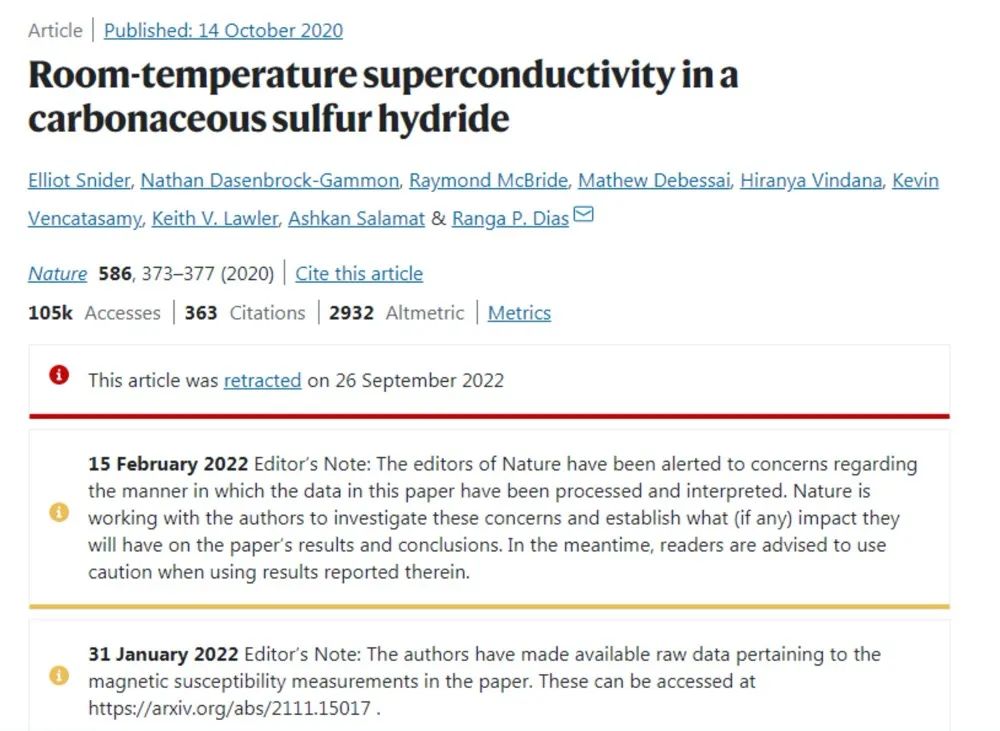
Continuously, an expert who attacked the study was "forbidden"
In the past two years, the voices of the debate on room temperature superconducts have come up one after another.
Jorge Hirsch, theoretical physicist at the University of California, San Diego, is one of the suspects of this result, and he proposed strong allegations. He believes that some data published by Ashkan Salamat, a physician of the essay author Dias and the University of Nevada University, may have deceived behaviors, "I think they are fabricated."
Hirsch also pointed out that the data in the papers is also suspiciously similar to the data in the 2009 Physical Review Letters about the data in the high -pressure superconductivity papers. The study was withdrawn due to inaccurate magnetization data data.
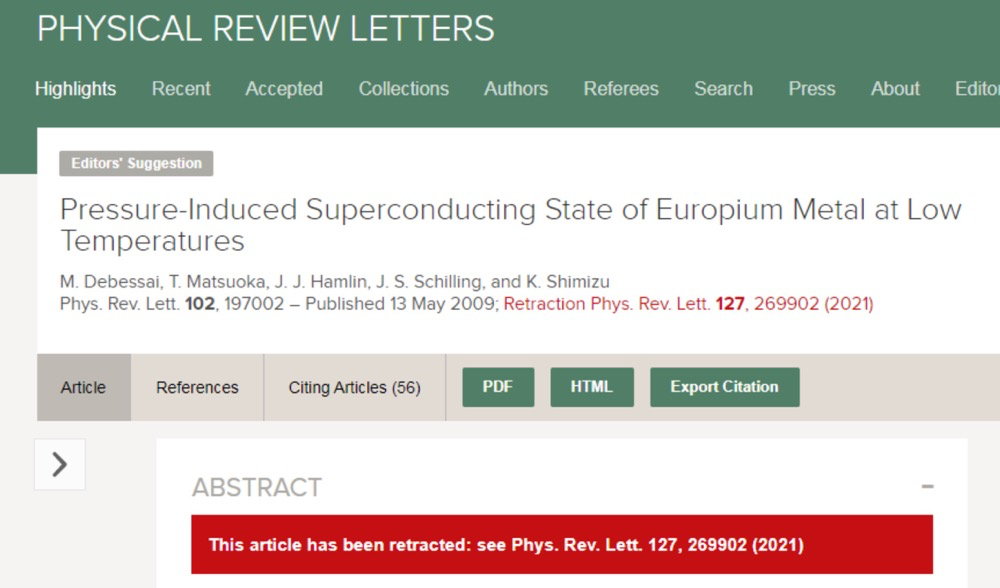
PHYSICAL Review Letters shows that it has withdrawn the high -pressure superconducting thesis picture source: Journal official website
Coincidentally, Mathew Debessai, the first author of the superconducting thesis, is also one of the author of the Nature's room temperature superconducting thesis. He is mainly responsible for the measurement of magnetization rate, providing corresponding measurement data for Dias's room temperature superconducting research. One month after the article with superconducting room temperature superconducting, Hirsch asked the paper author Dias to ask some experimental original data. He wanted to find out the research results, but he was repeatedly rejected. But Hirsch did not stop there, and he got some data from the co -author of room temperature superconducting research.
In August 2021, Hirsch published an analysis article on academic fraud in the well -known pre -printed server ARXIV and PHYSICA C about room temperature superconductors communication rates, which opened a series of violence. However, this "counterfeit" article was deleted by Physica C in November and was deleted by ARXIV in December.
Hirsch's questioning article was deleted by Physica C to delete the picture source: Journal official website
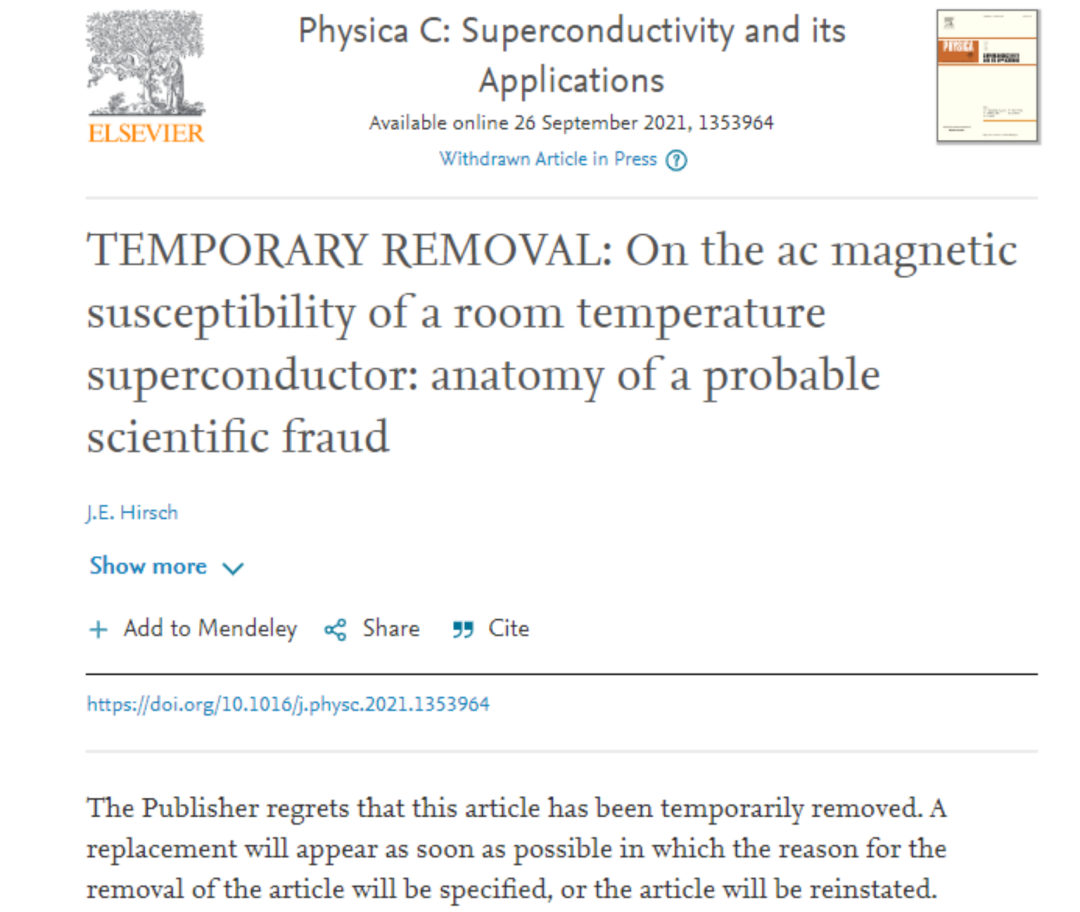
At that time, the topic was boiled. In order to respond to some criticisms, Dias and Salamat published a paper on Arxiv in November 2021, including some original sensitive data. But Brad Ramshaw, a quantum material physicist at Cornell University, said: "It has more problems than solved the problem. From the process of original data to the release of data, it is very opaque."
In December 2021, Hirsch analyzed these data again and submitted several related analysis papers to respond to Dias and Salamat.
However, ARXIV not only deleted these papers of Hirsch, but even banned him from publishing articles on Arxiv in February this year. The "blockade" time was 6 months.
Hirsch complained to the University of Rochester, where Dias was located, saying that the university did not find evidence of scientific dislocation in two surveys. This month, Hirsch and another questioner, Dirk Van Der Marel, the University of Geneva, published their conclusions that the sensitive data in Dias research was "problematic." Dirk Van de Marel is very happy about Nature's withdrawal.
However, Hirsch believes that it is not enough to withdraw the papers. He said that this covered the evidence he said, "I think this is a real problem, and it cannot be so hasty."
The research results cannot be repeated, the author denies all allegations
Alexander Goncharov, a physicist in the Carnegie Institute of Science, believes that Hirsch's concerns about the measurement data of AC magnetization rates are reasonable. Gonchaarov has tried to synthesize this room temperature superconducting material with Dias many times, but all failed.
Dias denies all allegations, and he said that Hirsch is not an expert in high -pressure physics. "We think some of their actions have transformed into personal attacks," he said. "We won't let people throw mud from us from a distance."
EREMETS said that the study of Dias may still be correct. But he has tried at least 6 times to repeat the results, and all failed. Although the Dias team has shared the basic data of the experiment, they say they are not willing to disclose details, such as what types of carbon they used in baosulfidide.
Dias and colleagues still firmly strengthen their work and insist on claiming that the results of the research have been verified by experiments and theoretical.
"We are confused and disappointed with the decision of the editorial board of Nature." Dias said that they have expressed their strong opposition, but Nature's editor still takes the withdrawal measures.
EREMETS has a doubt about whether the new superconductor of Dias can withstand. He believes that on the basis of difficult repeated experiments, patient scientific researchers will screen the true prospects of hydride from problems. "Science is not afraid of these things, and the exploration is still continuing." He said, "sooner or later, the truth will be white."
Reference link:
1.https://www.science.org/content/article/something- Seriously-wrong-work
2.https://doi.org/10.1038/s41586-020-2801-z
3.https: //arxiv.org/abs/2111.15017
Capture | Huayuan
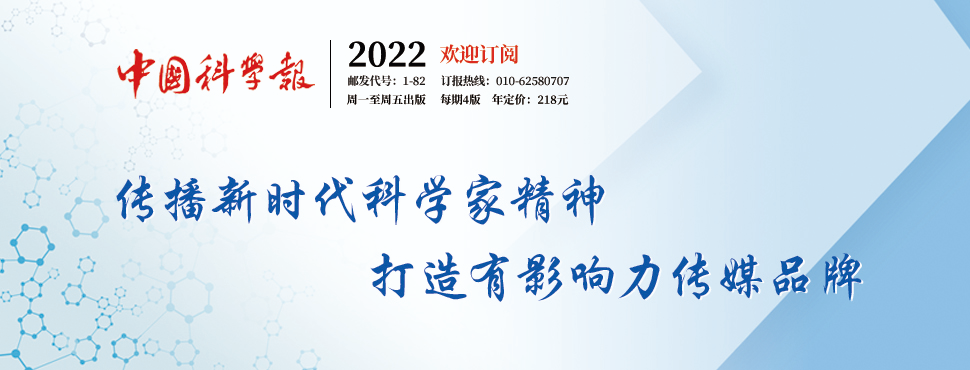
Submission: [email protected]
Like this article? Praise + watch support!


- END -
Want to see Su Bingtian's first show during the season?Please take this guide to this track and field World Championships
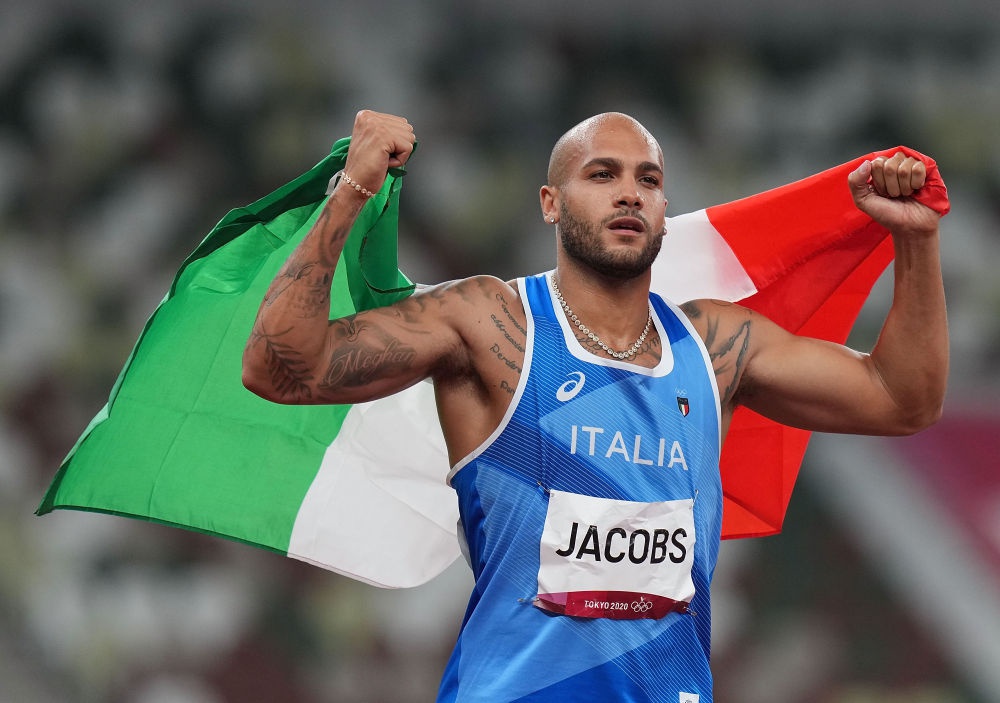
Local time July 15thThe World Track and Field Championship will beEugene, Oregon, ...
2022 Hebei Province Sports Tourism Demonstration Base began to apply for the deadline on September 30
In order to promote the in -depth integration of sports and tourism, to promote the improvement of the quality and efficiency of the sports tourism industry in Hebei Province with the role of demonstr